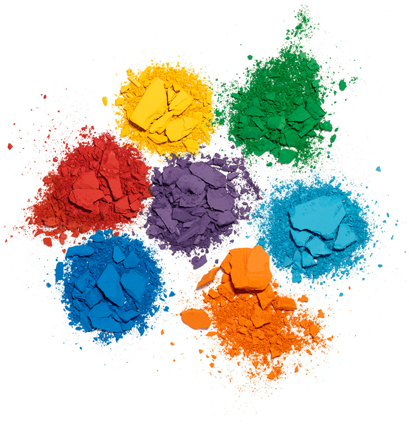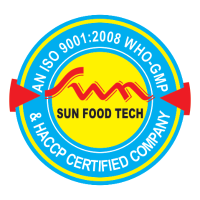Top Uses of Synthetic Food Colors in Food, Pharma & Cosmetics
Introduction
Colors play a crucial role in how we perceive food and beverages. Synthetic food colors are widely used across the food industry to make products look more appealing, consistent, and appetizing. These colors are made through a controlled chemical process, ensuring purity and stability.
What Are Synthetic Food Colors?
Synthetic food colors are man-made color additives developed to enhance or restore the appearance of foods. Unlike natural colors (which come from fruits, vegetables, or spices), synthetic colors offer:
-
Bright & vibrant shades
-
Better stability (do not fade easily)
-
Consistent quality batch after batch
Common Uses of Synthetic Food Colors
Synthetic food colors are used in:
-
Confectionery & Bakery: Cakes, candies, ice creams
-
Beverages: Soft drinks, syrups, juices
-
Pharmaceuticals: Coating of tablets and capsules
-
Cosmetics: Lipsticks, creams, bath products
Advantages of Synthetic Food Colors
-
Cost-effective compared to natural colors
-
High tinctorial strength (more color in less quantity)
-
Wide shade range available
-
Long shelf life and heat resistance
Safety & Regulations
All synthetic food colors used in food manufacturing must comply with FSSAI, BIS, and international food safety standards. Choosing a reliable manufacturer ensures your product is safe for consumption.
📢 Final Thoughts
Synthetic food colors continue to be an important part of the food industry, giving products a consistent, attractive appearance. When sourced from a reputed manufacturer, they meet global safety standards and provide excellent results.






Comments